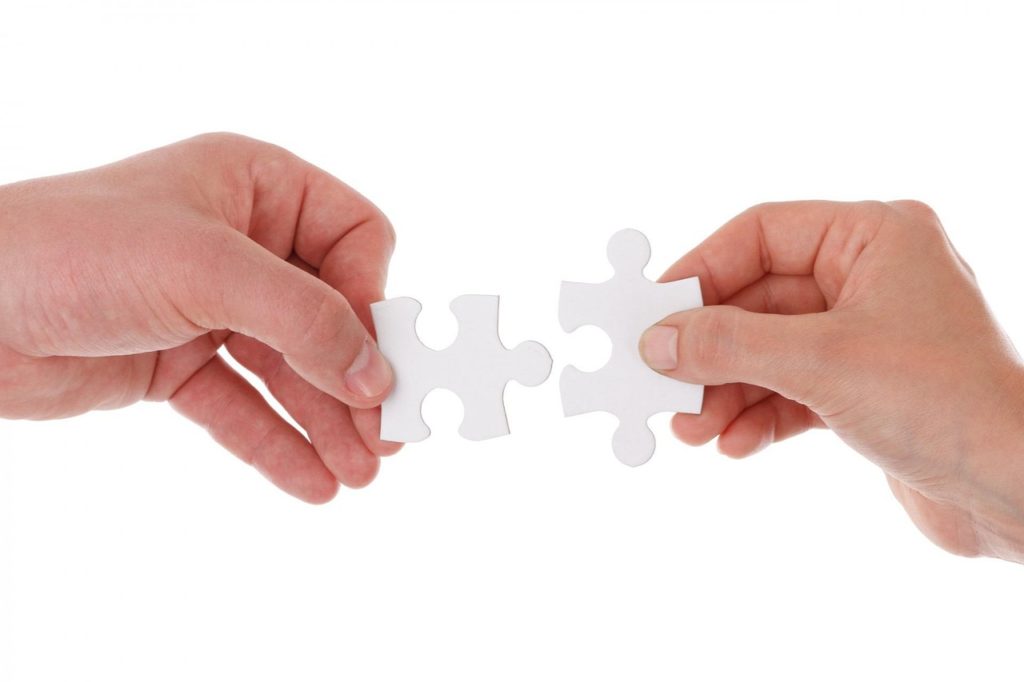Pop quiz: what is the most effective way for a business to earn money?
There are many possible answers to this question, but they are all rooted in an organization’s interaction with its customers.
At the most basic level, every business works through a series of exchanges. The business exchange that comes to mind most easily, for most people, is the sale: the business produces a good or service that it offers to its customers, which its customers purchase through the exchange of money.
This is Business 101 stuff, and for some people, it might be as deep as their knowledge needs to go on the matter. But anyone who is committed to fully understanding their customer—who they are, what they want, what makes them tick—needs to go deeper.
They must understand that all business exchanges, deep down, are barters that hinge on reciprocal sacrifice and reward.

Why think in terms of barters?
If you work in business domains like sales and marketing, it’s important to understand that what you sell to a customer is not limited to the literal item or service you offer. You also sell them a solution to a need they have.
“The typical transaction is where people get stuck,” says Aaron Garner, CEO of Tetra Prime Consulting. “People get stuck on the idea of exchanging money for an item; like, ‘I gave you money, you gave me an iPhone. That’s the exchange.’ ”
The problem is that this is not the exchange—not completely. There is much more happening under the surface. For example, the deeper exchange may be money for access to the Internet anytime, anywhere. Or money for the ability to effortlessly contact one’s friends and family. Or even money for the pride of owning the latest and greatest Apple product. The fact that it’s a smartphone delivering these solutions is incidental.
Framing business interactions in terms of barters can help you remember that the things being exchanged go beyond tangible items and currencies. In addition, it can remind you that the same item, service, solution to a need, or emotional experience may hold different value for different people. We’ll come back to this idea later.
For now, let’s discuss sacrifices.

Why sacrifice is vital to any barter
As a marketer or salesperson, your goal is ultimately to sell something to your customer. The good or service you’re selling is the customer’s reward for participating in the barter. The price they pay for that reward is what they sacrifice.
“It’s like, I have something I’m going to give you. What are you rewarding me with? If there’s no sacrifice on your part, what’s the barter for me?” Garner explains.
One of the most common sacrifices customers make is their money. For example, they give their money to an iPhone vendor, and they receive a new iPhone. But money is not the only kind of currency—or “capital”—that can be exchanged in a barter.
The other types of capital can be grouped into four categories:
- Physical capital. These are physical items that can be exchanged for something else, or which are put to use in some way as part of a barter. For example, if you pay someone to create a video for you, they will need to supply cameras, lights, microphones, editing software, and other specialized equipment to complete the job. The use of this physical capital is part of the barter.
- Human capital. These are the intangible but nevertheless valuable things that human beings bring to a barter: their knowledge, skills, abilities, and experience. For example, most people exchange their human capital for money at their places of work. Thinking about it another way, you might ask your customers to sacrifice some of their human capital by providing feedback on your product or service.
- Social capital. This revolves around our relationships with other people, specifically the benefits we gain by cooperating with others or belonging to social groups. For instance, signing up for an online learning course might connect you with other talented and like-minded individuals, thereby increasing your social capital. Even actions as simple as liking or sharing a social media post can help to build social capital.
- Time. Time is the most limited resource of all, and many barters include an exchange of time. You might ask your audience to sacrifice some of their time by reading your blog post or following your social media accounts. Your time is also a form of capital you sacrifice when you go to work, and something your employer reimburses you for.
Once you understand that a barter can (and usually does) involve multiple types of capital, you’ll see that both parties make a sacrifice in the exchange. When you buy an iPhone, you sacrifice some of your physical capital, and the manufacturer sacrifices some of their time and human capital. When you go to work, you sacrifice some of your time and human capital, and your employer sacrifices some of their physical capital.
The key to these barters is that both parties receive a reward that compensates for their sacrifice. Which brings us to the most important point about barters and sacrifices.

Sacrifice and the subjectivity of value
As a general rule, a barter will be accepted by both parties when the reward they stand to gain exceeds the sacrifice they must make. But how does this make sense?
Returning again to our iPhone example, if you pay $800 for a new phone that is worth $800, then doesn’t that make the barter an equal exchange? How can it be that your reward is greater than your sacrifice?
One way we can answer this question is by considering the costs of production. In this example, the time and money it would cost you to build your own smartphone drastically exceeds $800, so the exchange is a net gain for you. And on Apple’s part, the $800 you pay exceeds the development and manufacturing costs for a single unit, so the barter is also beneficial for them.
But another, more significant answer to the question is that the reward you receive from the barter is more meaningful to you than the thing you are sacrificing. Garner illustrates with an example:
“I have this watch, and I have this notepad. Which one of these is worth more? One way you could look at it is we could get on Amazon and see what the market value is for this watch and this notepad. Well, I can tell you that I paid about $30 for this notepad, and I don’t know how much I paid for this Apple watch—at least a couple hundred dollars. So you might say the watch is clearly the better option. But what if this notepad was owned by Ralph Waldo Emerson? And what if you care about that? Maybe that’s your favorite author. You can get an Apple Watch anywhere, but this is something totally different. And maybe someone gave it to me, they told me it was owned by Ralph Waldo Emerson, but I don’t even know who that is. It doesn’t mean anything to me. So I can easily give it up, and yet it has tremendous value for the other person. So it’s all in the perspective of the person giving and receiving.”
Don’t forget that this hypothetical notepad possesses value beyond mere rarity as a commodity. For the Ralph Waldo Emerson aficionado, it might carry immense psychological value. The knowledge that you own something once belonging to your favorite author might be worth thousands or tens of thousands of dollars to you, far exceeding the value of a standard smart watch. Just as the convenience, connection, or pride you receive from your new iPhone might be worth far more than $800 to you.

Matching rewards to your customer’s needs
As you can see, once we realize that value is often highly subjective, we also start to understand how one person’s easy sacrifice can be another’s substantial reward. If your goal as a marketing or sales professional is to increase transactions with your customers, then you need to find ways to minimize their sacrifices and maximize their rewards for those transactions.
One of the best ways to do this is to closely match your reward to your customer’s needs. Specifically, you should ask them to sacrifice something they have but don’t need (or have but don’t value) in return for something they don’t have but do need (or value more highly than what they have). Remember that the needs, sacrifices, and rewards of both you and your customer may fit into any of the four types of capital.
We dive deeper into this subject in our blog post explaining rewards in barters. Go give it a read to expand your knowledge on the forces that drive all business transactions!
